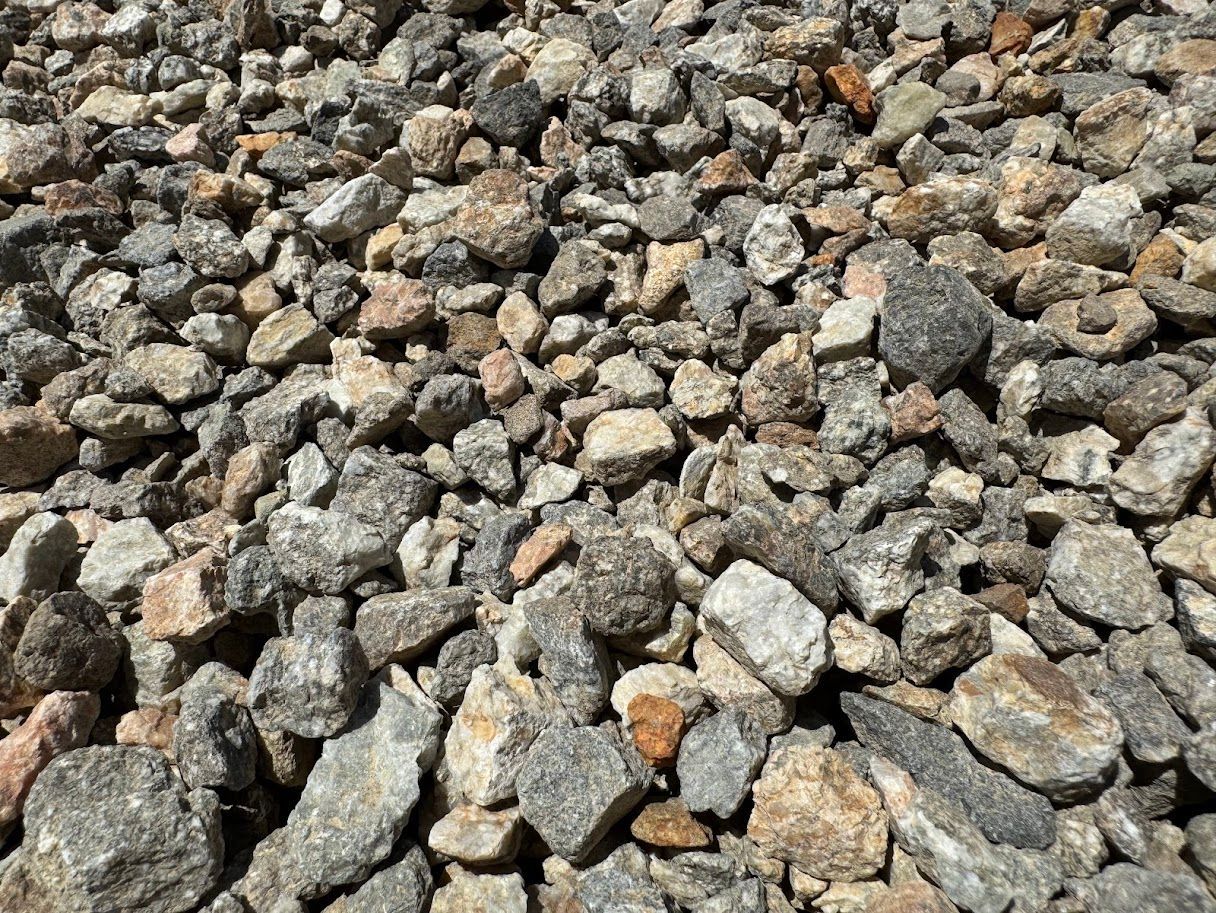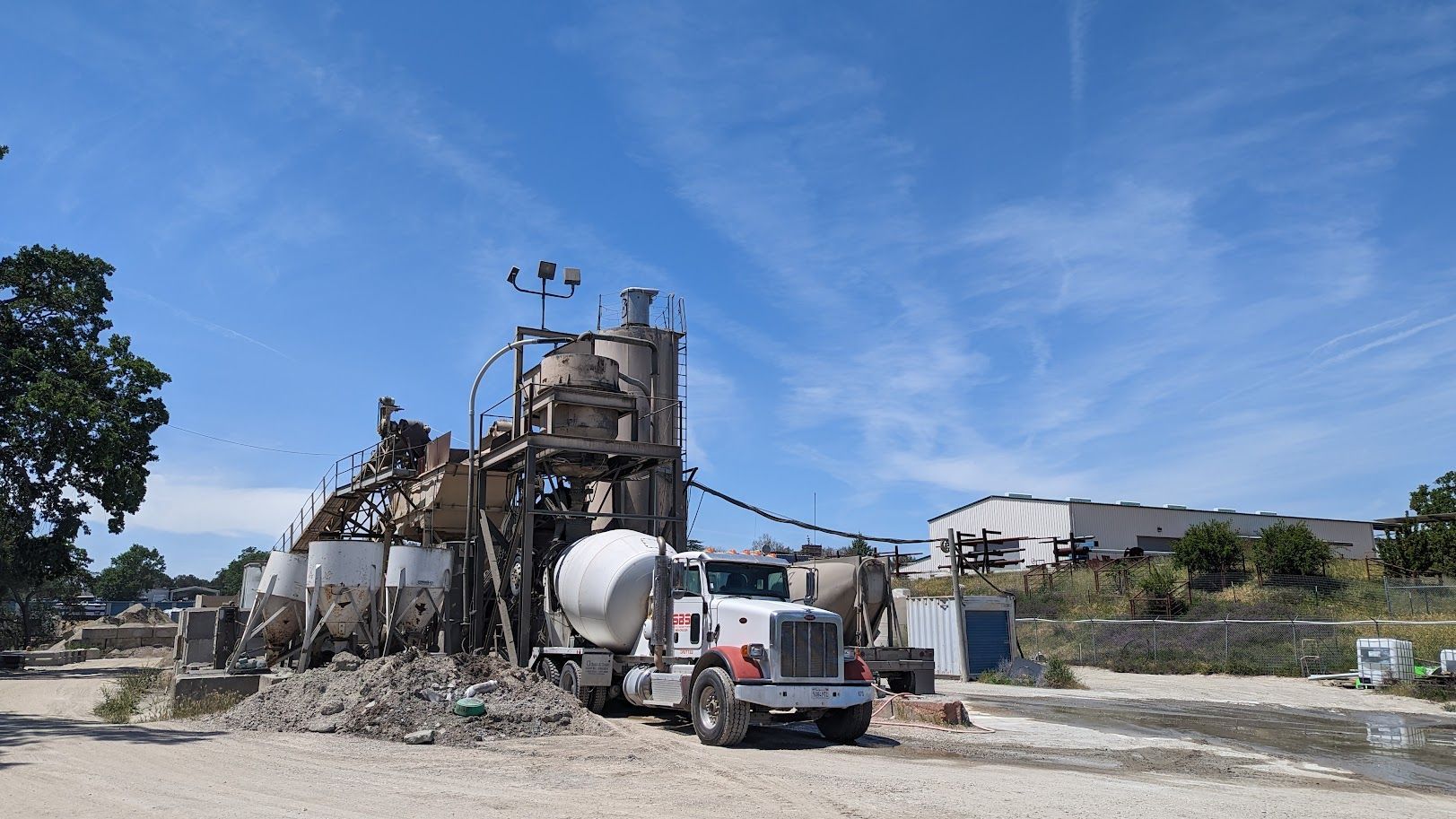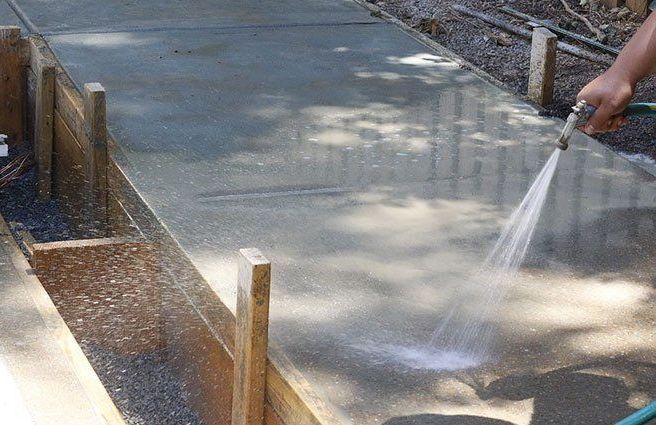Maintaining Your Concrete: Simple Tips for Long-Lasting Driveways and Patios
Your concrete driveway or patio is a significant investment, adding curb appeal and functionality to your home. While concrete is celebrated for its incredible durability, it's not entirely maintenance-free. A little proactive care can go a long way in extending its lifespan, keeping it looking great, and preventing costly repairs down the road.
At SBS, we provide the highest quality concrete and aggregates, engineered to meet California's unique environmental conditions, from sun-drenched valleys to coastal fogs. But even the best materials benefit from proper upkeep. Here are some simple tips to help you maintain your concrete driveways and patios for years of enjoyment:
1. Seal the Deal: Essential for Sun, Spills, and the Occasional Rain
Think of concrete sealer as vital protection for your concrete. It creates a protective barrier against moisture penetration, damaging UV rays, oil spills from vehicles or outdoor cooking, and even the occasional heavy downpour we experience.
- When to Seal: Typically, concrete should be sealed shortly after installation (check with your installer for specific timing) and then every 2-5 years. For concrete exposed to harsh, direct sunlight or high traffic, more frequent sealing might be beneficial.
- Benefits: Sealing helps prevent premature fading and discoloration, resist staining from automotive fluids, pool chemicals, or spills from outdoor entertaining, and provides a crucial barrier against moisture that can lead to superficial cracking.
2. Clean Regularly, Especially for Outdoor Living
California's vibrant outdoor living culture means your concrete surfaces see a lot of use (and potential spills!). Dirt, grime, leaves, pollen, and other organic matter can accumulate, leading to unsightly stains and promoting the growth of mold or mildew, especially in shaded areas.
- Routine Cleaning: A simple broom and a hose are often all you need for regular cleaning. For areas under trees, consider more frequent sweeping or leaf blowing.
- Stubborn Stains: For tougher spots like wine spills from a backyard gathering or stubborn dirt, a mild detergent and a stiff brush can work wonders. Always rinse thoroughly afterward.
- Pressure Washing (Use Caution!): While pressure washers can be effective, use them with care. Too much pressure can damage the surface of your concrete, especially if it's not properly sealed or is older. Always use a wide spray nozzle and keep the wand moving. Avoid directing a powerful stream directly at a single spot for too long.
3. Tackle Spills Immediately – From Grilling to Garages
Oil, grease, rust, and other chemicals, common around vehicles, BBQs, or even gardening areas, can quickly stain concrete if left to sit. The sooner you address a spill, the easier it will be to remove.
- Oil & Grease: For fresh spills, a generous application of kitty litter or sawdust can absorb much of the liquid. For set-in stains, specialized concrete degreasers are readily available at most hardware stores.
- Rust: Products designed for rust removal on concrete can be effective, but always test in an inconspicuous area first to ensure it won't damage the concrete or its color.
4. Manage Water and Drainage – Crucial for Wet and Dry Cycles
Even with our dry summers, California can experience significant rainfall during the wet season. Proper drainage is absolutely crucial. Standing water on concrete can lead to discoloration, mildew growth, and over time, can contribute to sub-surface issues like erosion or settlement.
- Ensure Proper Slope: Your concrete driveways and patios should always be installed with a slight slope to direct water away from your home's foundation and other structures.
- Clear Debris: Regularly clear leaves, dirt, and other debris from drains, gutters, and the perimeter of your concrete to ensure water can flow freely and doesn't pool.
5. Prevent and Address Cracks – Mindful of Earth's Movements
While minor hairline cracks are often a normal part of concrete's curing and aging process, larger or expanding cracks should be addressed promptly. California's seismic activity, even minor tremors, can sometimes exacerbate existing weak points in concrete.
- Expansion Joints: Ensure your concrete has proper expansion joints (also known as control joints). These pre-planned cuts allow the concrete to expand and contract with temperature changes and minor ground movement, minimizing random, unsightly cracking.
- Crack Repair: Small cracks can be filled with a good quality concrete caulk or crack filler to prevent water and debris from entering and causing further damage. For larger or structural cracks, it's always best to consult with a concrete professional for an assessment and repair recommendations.
6. Protect Against Heavy Loads and Scrapes
While concrete is incredibly strong, consistently heavy loads in concentrated areas or abrasive scraping can still cause damage, especially to decorative finishes.
- Avoid Overloading: Try not to store extremely heavy equipment, RVs, or other large vehicles on your residential concrete surfaces for extended periods, especially if the slab wasn't initially designed for such loads.
- Furniture Pads: Use protective pads under heavy outdoor furniture, planters, or BBQ carts to prevent scratching, scuffing, or chipping, particularly on stained, stamped, or polished concrete.
By consistently following these simple maintenance tips, you can significantly prolong the life and beauty of your concrete driveways and patios. A little proactive effort now will save you time and money in the long run, ensuring your concrete investment continues to enhance your home for decades to come.
















